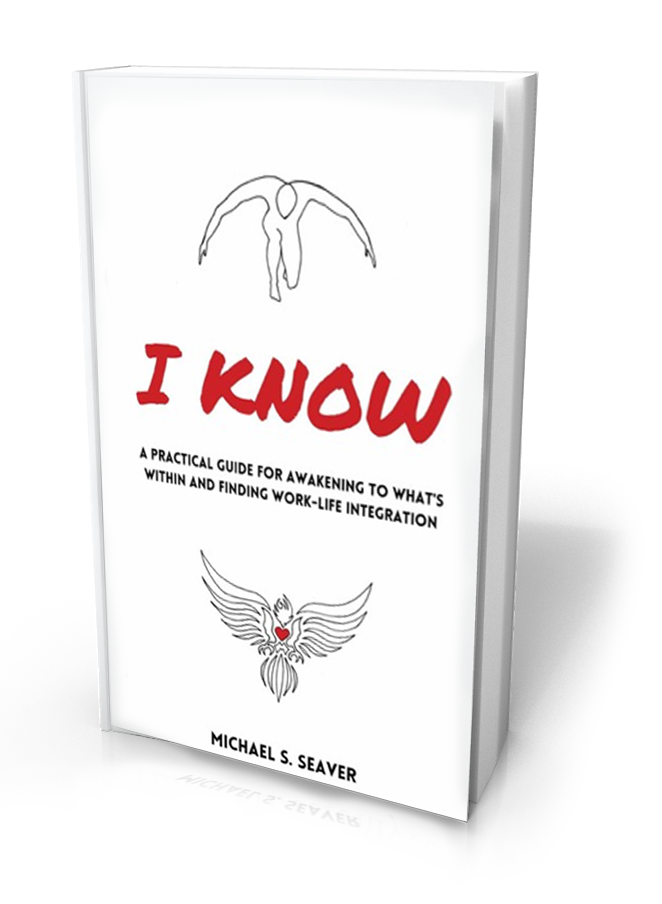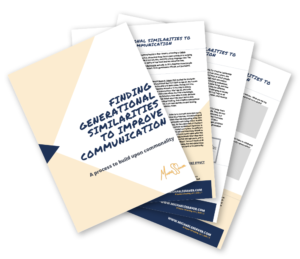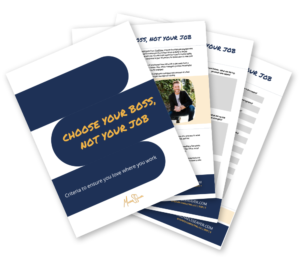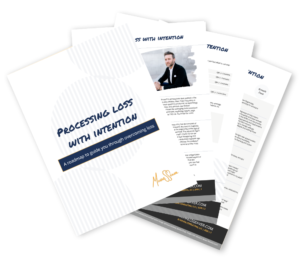You have a distinct mixture of experiences, values, talents or processes that offer specific gains to the individuals around you, and to the organizations that employ you. A personal brand statement is one paragraph—six to eight sentences—that quickly and clearly addresses the pain or problem your unique skillset solves for others. If you’re at a point of professional transition, it’s time to create this statement so your target audience understands exactly what you offer.
Designing your personal brand statement is a significant confidence builder. Our society values specialization. Today, corporations and organizations seek hyper-specialized skillsets. To succeed, we can’t just be generalists doing a bunch of things. We have to say, “Here’s the one area in which I am deeply skilled and like no one else.”
Knowing a lot about ourselves and how we can add value to society gives us a deeper level of fulfillment and motivation. Defining your personal brand statement helps guide you down the right life path. It offers insights regarding what to say yes to, both personally and professionally. In addition, creating this statement helps ensure that what you’re sharing about yourself in a professional context is both meaningful and authentic.
Let’s get started.
Who is Your Target Audience?
I work best with executives and business professionals. If I were to attempt to coach a class of third graders, my message wouldn’t land the same. Because I understand this about myself, I’ve not attempted to become an elementary school teacher. Knowing your audience is critical, as each of us is the CEO of our own brand.
Brands understand who they are trying to reach. Do you?
Just as an organization has a mission statement, each individual should have a mission statement and a unique value proposition.
Start with Just One Word
If the idea of writing a paragraph that distills the essence of your professional life and unique skills is intimidating, start with one word. Finding the one word that best describes who you are and what you’re about is a great way to get the ball rolling on your brand statement. It will also help you avoid that deer-in-headlights feeling you sometimes get when you’re asked why you do what you do.
Because my life’s work is helping people become the most authentic and unique versions of themselves, my one word is, of course, authenticity. I exist to unlock human potential through the development of personal and professional wellbeing. That’s my thing, unlocking potential—but making sure I’m also addressing all parts of the individual through the process. This allows people to become the most authentic versions of themselves.
To find your word, I suggest looking at the patterns in your life’s narrative. Go back to the moments when you faced distinct challenges and overcame them. Consider how you now help other people overcome similar challenges. This thought exercise may be a clue to your one word.
I also use a deck of cards with my clients marked with personal human values. The top value you choose is likely to be connected to your one word. A third method is to ask those in your network their one-word descriptor of you, and a story about when you lived that word with or for them.
Components of a Personal Brand Statement
There are several key components of a personal brand statement, including life patterns, values, accomplishments, and mission statement. Let’s take a closer look at each one:
1. Patterns and accomplishments: When I help a client draft their personal statement, I begin by pulling out the patterns that tell a story. Infuse your statement with your accomplishments and the challenges you’ve overcome. Accomplishments could be any number of things including traveling the world to completing degrees to wins you’ve had for previous employers.
2. Talents and strengths: Another component of your personal brand statement is your unique strengths. Perhaps you are talented at organizational development, project management, conflict resolution, sales negotiation or forensic accounting. What are you exceptionally good at?
3. Authoritative titles, degrees, certifications: In Robert Cialdini’s book Influence, he explains the law of authority. Individuals will trust another individual who has expertise, status or power, which is often delivered through advanced degrees or noteworthy professional titles. Include this information in a meaningful way to help establish your trustworthiness.
4. Aspects of your mission statement: I shared my mission statement above—it’s your never changing purpose. It’s why you do what you do. Some leaders prefer to not share their mission statement because they fear vulnerability. That’s okay. If this is you, break your mission statement into pieces and disperse those ideas throughout your personal brand statement.
5. Values: As I mentioned above, I like knowing what a client’s top six core values are. Then, I think about how can we use one, two, or three in the statement in a way that flows naturally and helps sell her or him in a way that appeals to their target audience.
From Design to Implementation
To be trustworthy, your audience has to hear from you consistently for long periods of time. The more places your personal brand statement is shared, the better off you’ll be. Here are some ideas:
- at the top of your resume or CV
- in your LinkedIn summary and via other social media channels
- in your professional biography
- during in-person introductions at networking events
- in an email signature or on your website
Show the aspects of your personal brand statement to your community in a way that doesn’t seem boastful. Look at this through the lens of allowing people to know you better so they understand exactly how you can help them. Implement your personal brand through your full-time career, entrepreneurial pursuits, professional and alumni associations, volunteer involvement, or by adding value to someone else in a meaningful way.
Consistency helps to solidify who you are to your target audience, whether it’s a potential employer or a new client. Even if your target never reads your personal brand statement, they’re going to know it based on your behavior and what others say about you.
Taking this statement from idea to implementation is powerful. It’s not just about you having a personal brand statement. It’s about living it.






Connect with me